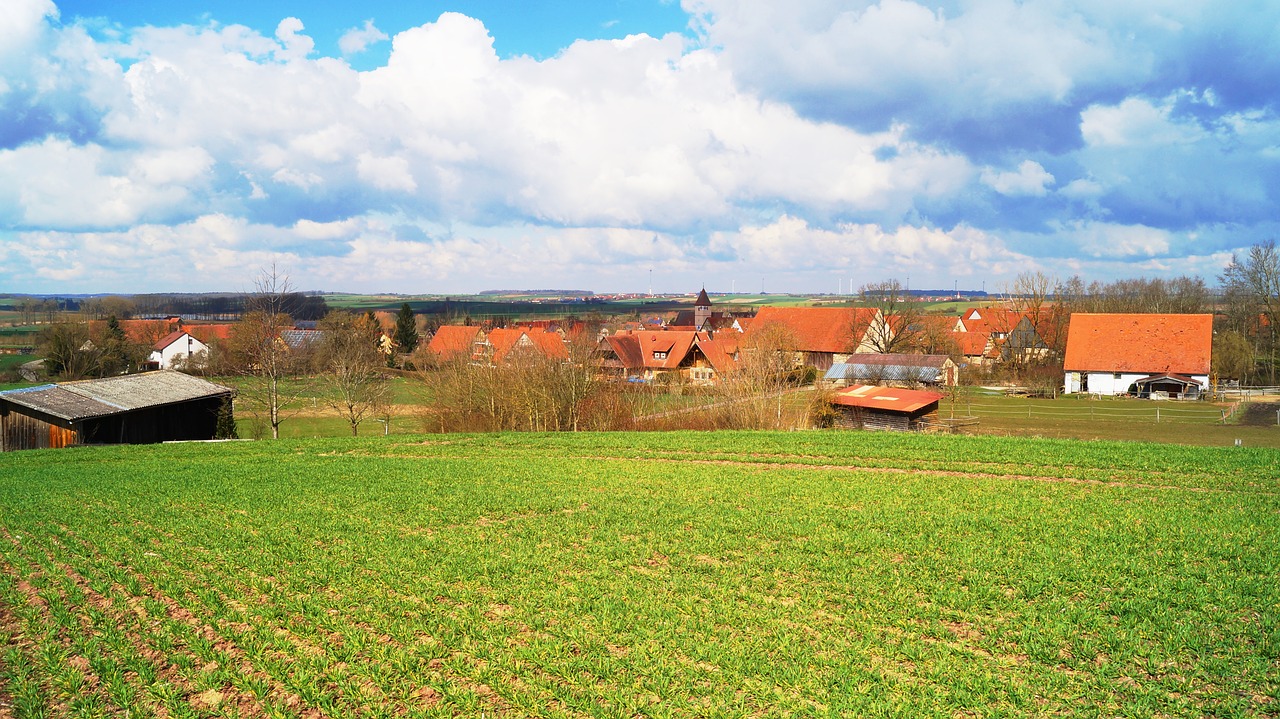Some patients are fortunate to be able to drive less than 25 minutes to see their doctor, 5 minutes to pick up a prescription, and only have to wait days to see a specialist. Others are not so lucky. As many as 57 million Americans live in rural areas.
Because of factors like low population density, remote locations, and hospital downsizing, many people in remote communities could be driving hours just for a check-up with their physician. Of course, this becomes even more complicated when there are other factors involved, such as mobility issues, financial struggles, and a lack of social support. Financial, physical, and social barriers are likely the reason these patients in rural areas are not getting the care they require. In this blog, we will be looking at these barriers and how they can be overcome.
The Need For Better Healthcare Access in Rural Communities
Studies show living in a rural area increases the chances of a patient developing complex health issues including inability to work, drug/alcohol use, chronic illnesses, inactivity, and obesity. Since these patients may not have immediate access to healthcare resources/support, it allows the chance for these conditions to worsen.
There are a few options to improve rural access to healthcare: financial incentives for rural healthcare workers, incentivize healthcare workers to make periodic travel to remote communities, or implement technological solutions. The most affective and affordable solution is remote patient management.
In order to monitor these patients without them having to travel to the clinic, healthcare professionals can set up remote monitoring devices in the patient’s home. At a first glance, this may seem invasive to some. Rest assured, the patient and their health team will be in control of how often they choose to check in and what they share.
Various devices can monitor different conditions, ranging from blood pressure, weight, to heart rate and more. When a patient has multiple chronic conditions and requires more care than the average patient, this can be a solution to unnecessary travel time and costs. Instead of the patient driving hours to their physician, the physician can ask them to monitor their blood pressure, for example, from the comfort of their home. Once they have successfully measured their blood pressure, they can read their results to their physician or track them through a mobile app.
Connecting With Rural Patients Through Technology
Physicians can work together to telehealth solutions that are able to integrate with health monitoring devices among other features. Other features that may be important are reminders and alerts, video conferencing, and care plan storage/sharing. Of course, encouraging patients of all ages and conditions to use a mobile app for their health will pose some challenges.
The key is finding a solution that is built for use by even the least tech-savvy patients. Although you or someone from your organization will initially set up the patient with a telehealth app, it must be sustainable so that they can use it alone at their home without assistance. Remote monitoring apps like aTouchAway allow the physician to configure the patient’s account based on their technical skill level. Patients who are extremely familiar with technology have the ability to text and video call their care team, view their care plan, and more. Whereas those with limited capabilities will have less features available to avoid confusion or overwhelming them.
Patients having the ability to see their healthcare professionals and loved ones more often can drastically reduce social isolation. Living in rural areas can create a barrier to being able to see these care teams as frequently as they like. Video calls have proven to minimize social isolation in these instances.
How Can We Break Down the Financial Barriers for Rural Care?
Of course, deploying a new technology in an attempt to close the distance gaps in rural communities will come with it’s costs. The organization will have to deploy a team to educate other employees and their patients on how to use and set up the app. They may be in charge of getting the actual hardware for the patients as well. However, when you consider that telehealth has the potential to save the United States $6 billion annually, these costs are small. Not only does it lower the costs on the system, it also makes it much more affordable for the patients. Research shows non-emergency telehealth visits cost patients roughly $45 while a visit to the doctor’s office could cost up to $100.
In an attempt to eliminate financial, social, and physical barriers in rural areas, some physicians have introduced mobile apps to their practice. Since it is not feasible for many patients to see their physician every time they need a quick check-up, video conferences are becoming more convenient than ever. Along with virtual check-ups, physicians can also remotely monitor their rural patients. This gives them the ability to step in before a condition has the chance to develop or worsen. If you care for patients who live far away or have mobility issues, using a virtual platform may be the perfect solution for you.
Continuing to Reduce Barriers to Care for Rural Patients
Although rural communities have become increasingly more connected, with more services than there were, say, 50 years ago, there is still a clear need for continuous improvement to ensure fair access to healthcare services. One of the most useful tools in the case of improving this is virtual healthcare solutions that can connect patients with their care providers no matter where they are located. By utilizing virtual care solutions such as telehealth platforms, healthcare systems can continue to improve healthcare equality.
Featured image courtesy of Wikipedia.
